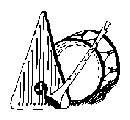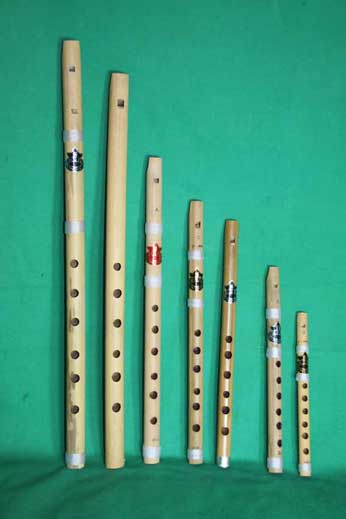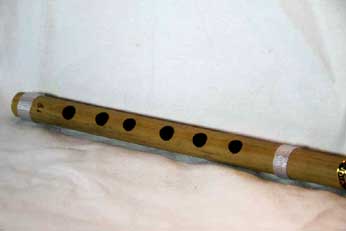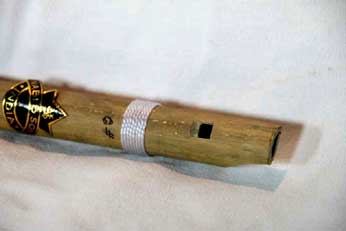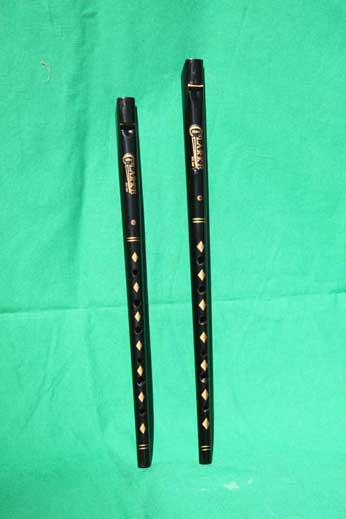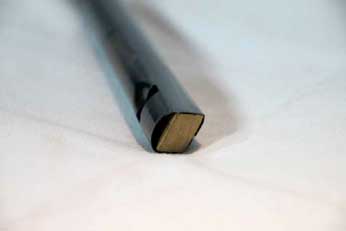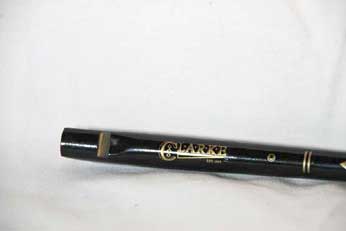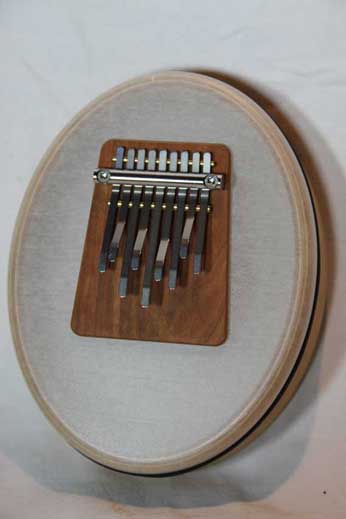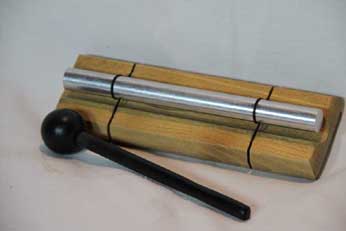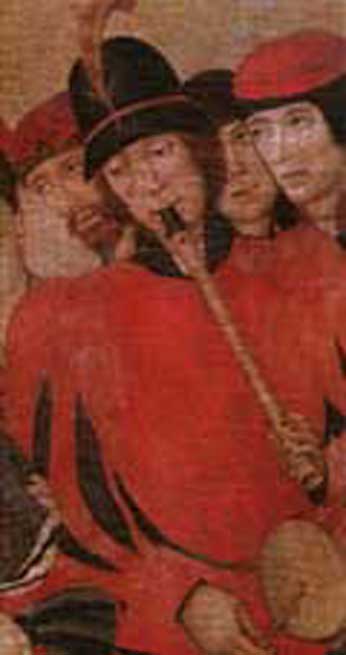Tin Whistle u.ä.
Schilfflöten, Tin Whistle, traditionelle Blockflöten
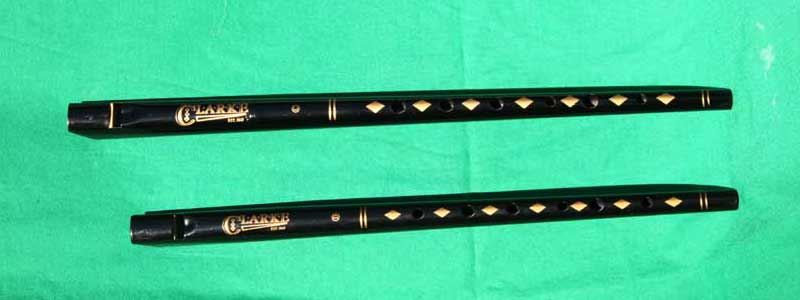
Eine einfache Blockflöte aus Schilfrohr mit 6 Fingerlöchern ist in vielen Kulturen auf mehreren Kontinenten verbreitet. Ob Indonesien, Indien, Afrika oder Südamerika, es taucht immer wieder eine Art Blockflöte auf, die dem 6-Loch Schema entspricht. Diese Flöten haben also nur 6 Fingerlöcher und kein Daumenloch (die bekannte Schulblockflöte hat 7 Fingerlöcher und ein Daumenloch).
Mit den 6 Löchern lassen sich alle Töne einer Oktave spielen. Wenn man dann etwas kräftiger in die Flöte bläst, überbläst sie und die höheren Töne der zweiten Oktave ertönen. Somit lassen sich diese Flöten in der Regel über zwei Oktaven spielen.
Im Gegensatz zur Standard Blockflöte, die auch die Zwischentöne oder Halbtöne spielen kann ist dies bei den 6-Lochflöten nur eingeschränkt möglich. Man kann einige Halbtöne gut greifen, so das man mit einer Flöte sowohl Dur- wie auch Molltonleitern spielen kann und auch zwei bis drei verschiedene Tonarten. Für weitere Tonarten braucht es dann weitere Flöten, die auf einen anderen Grundton gestimmt sind. Von daher gibt es diese Flöten auch in vielen verschiedenen Stimmungen.
Auch wenn die 6-Lochflöten schon lange überliefert sind, so hat es eine Variante zu Beginn der Neuzeit zu einer Berühmtheit geschafft: die irische Tin Whistle. Mit Beginn der Industrialisierung konnten die beliebten kleinen Flöten aus Blech serienmässig und günstig hergestellt werden. So konnte sich eigentlich jeder für einen Penny, daher auch der Name „Pennywhistle“ solch eine Flöte leisten, weshalb sie sich grosser Beliebtheit erfreute. Bekannt ist die Tin Whistle mit ihren hohen Tönen aus der traditionellen irischen Musik, in tieferer Varianten auch als Low Whistle.
Schilfflöten
Einfache Flöten aus Schilfrohr als Blockflöten in vielen verschiedenen Tonlagen. Griffweise wie die Tin-Whistle mit 6 Fingerlöchern. schlffloete schlffloete
Aus einem Stück Schilfrohr geschnittene Flöte aus Indien. Einer traditionellen Stimmung zufolge mit nur sechs Grifflöchern versehen und damit genauso wie die Tin-whistle zu spielen. Eine gute Variante zur Tin-whistle mit etwas rauchigem und wärmerem Klang.
Vor allem die großen Flöten in tiefer Tonlage sind eine günstige Alternative zur Low-whistle.
Neben den Blockflöten gibt es die Schilfflöten in gleicher Art auch als Querflöte.
Als Block- oder Querflöte bieten wir folgende Tonarten an:
hohe Lage in g (21 cm lang), fis, f, e, dis, d (29 cm lang), cis, c (33 cm lang), h und b
tiefe Lage in a, gis, G (43 cm), F und E (54 cm).
Die tiefen Flöten ab der Stimmung G sind etwas gewöhnungsbedürftig vom Greifen her und mit kleinen Händen schwer oder gar nicht zu spielen.
Diese einfachen Flöten sind in sich recht sauber gestimmt, der Grundton kann aber bis zu einem Viertelton abweichen.
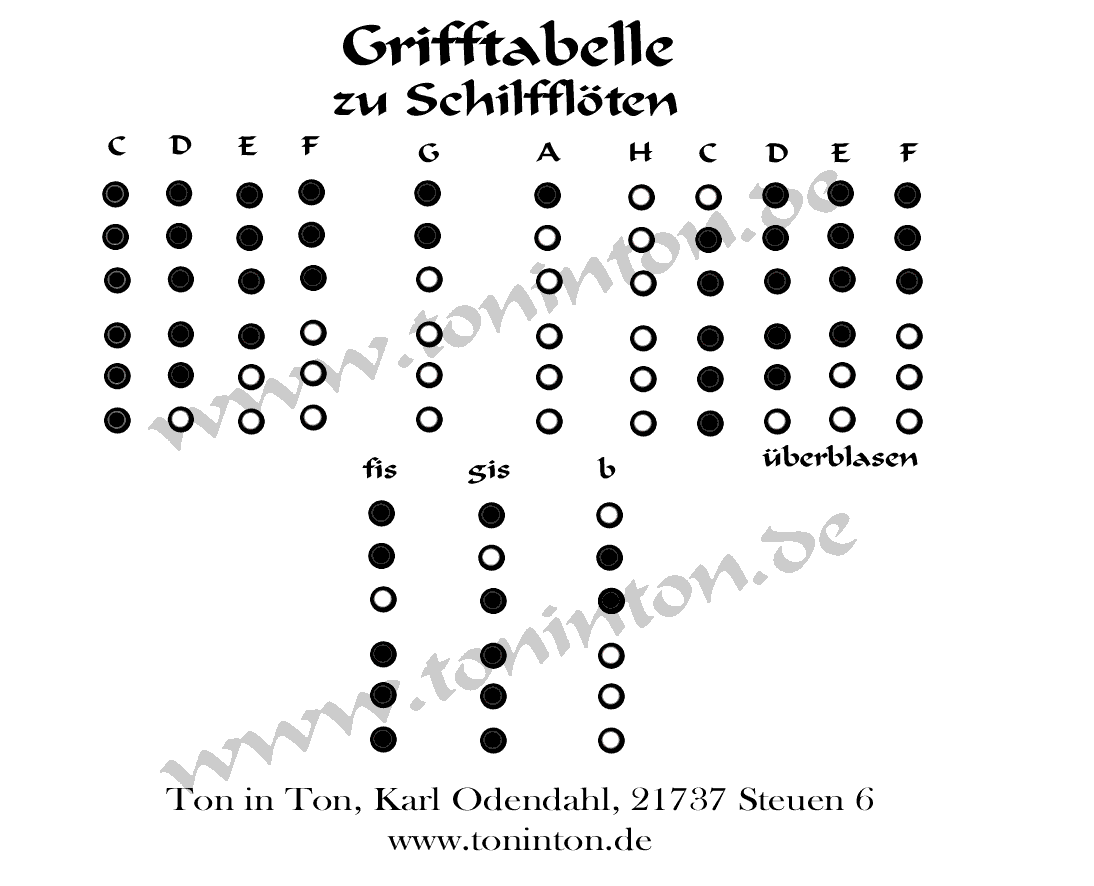 ×
×
Tin Whistle
Die Tin-Whistle von Clark in den Tonarten C oder D. Auch Pennywhistle genannt.
Die traditionelle Flöte aus Irland
Zur Zeit der Industrialisierung entstanden in England und Irland einfache Flöten aus Blech, die in großer Stückzahl hergestellt wurden und deshalb auch für die einfache Bevölkerung erschwinglich waren. Daher bekamen sie auch den Namen Penny-whistle.
Wir bieten die Tin-whistle der Firma Clarke an, welche aus Blech gefertigt ist und einen Holzpflock als Mundstück hat.
Durch den weiten Windkanal entsteht ein etwas rauchiger Ton.
Sie ist schwarz lackiert und in "C" oder "D" Stimmung erhältlich.
